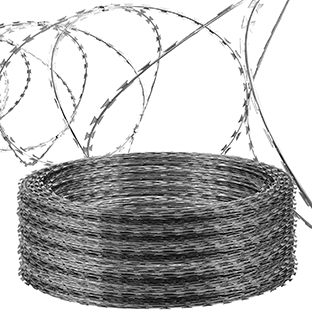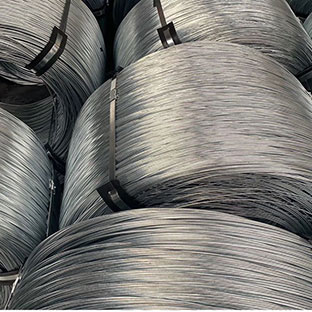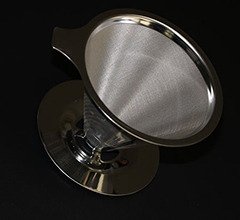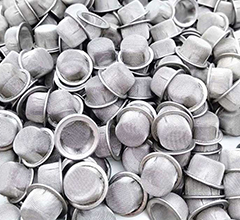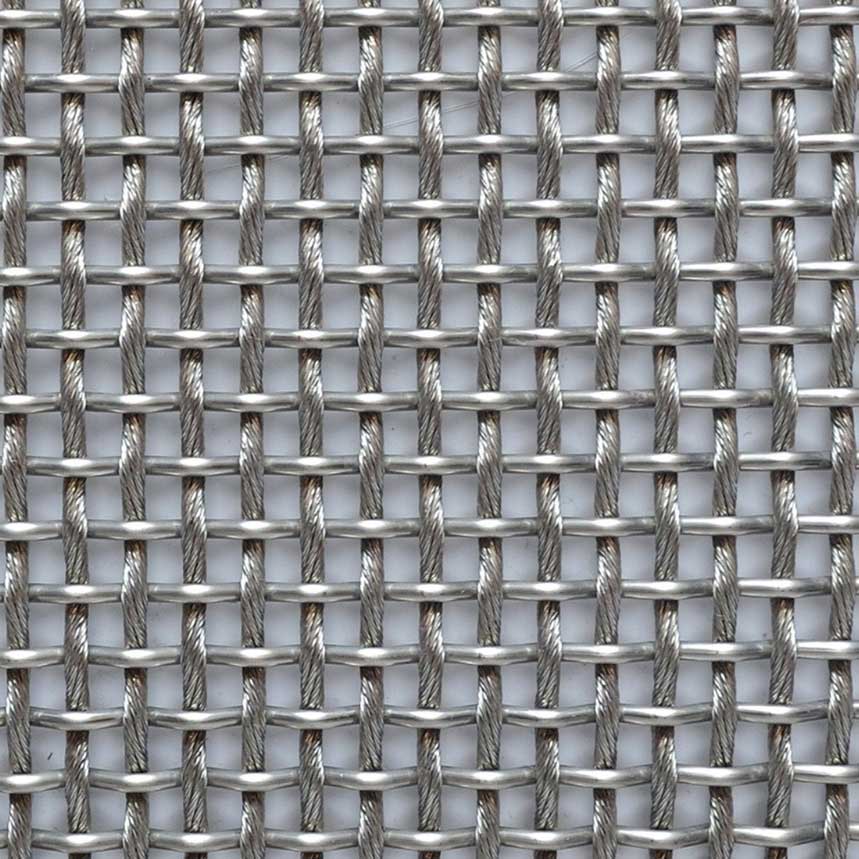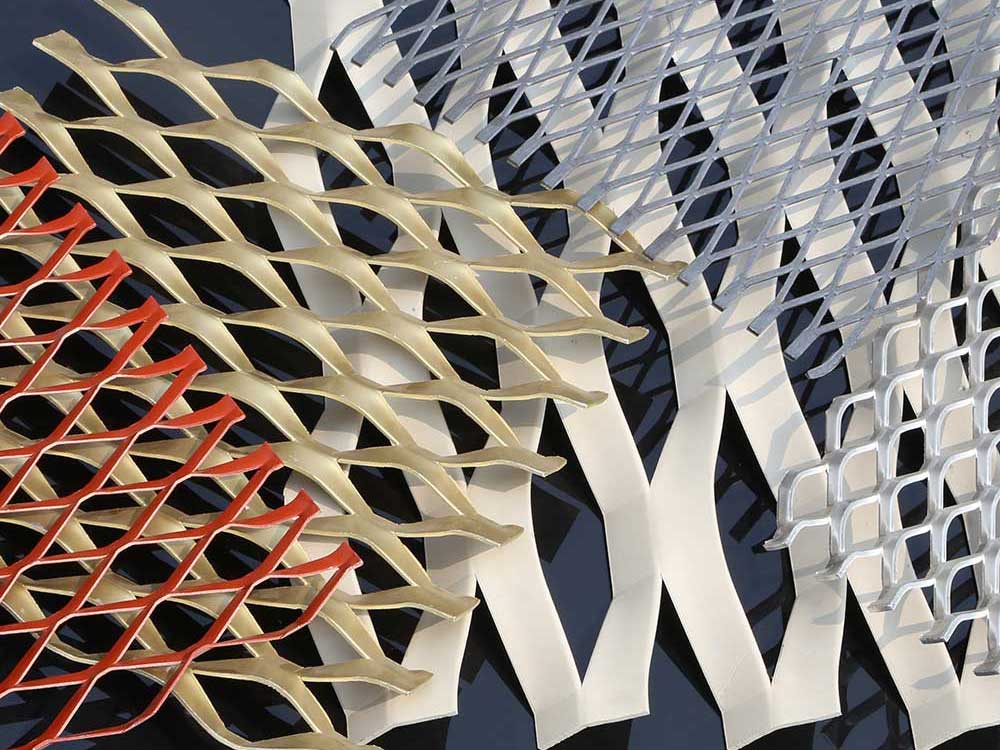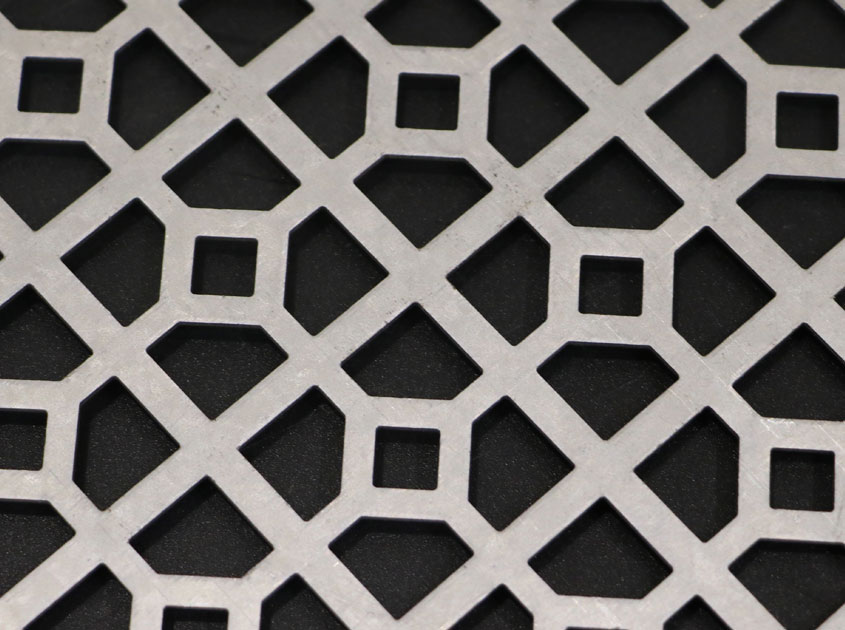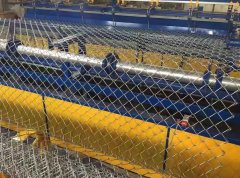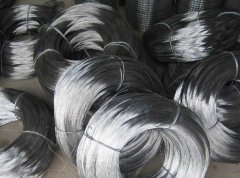The choice between Welded Gabion and concrete structures showcases this commitment to sustainable practices. In the realm of construction, sustainability has become a paramount consideration. This article delves into the comparison between Welded Gabion and concrete, highlighting the environmental benefits and sustainability factors that make Welded Gabion a compelling alternative for various construction applications.

Material Sourcing and Local Availability:
Welded Gabion utilizes locally available materials like stones and rocks, minimizing the need for extensive transportation and reducing the carbon footprint associated with sourcing materials. On the contrary, concrete often requires the extraction and transportation of raw materials over long distances.

Low Environmental Impact:
Welded Gabion structures have a lower environmental impact compared to concrete. The production of concrete is energy-intensive and releases a significant amount of carbon dioxide into the atmosphere. Welded Gabion, being a simple and energy-efficient construction method, helps in reducing the overall carbon emissions during construction.

The comparison between Welded Gabion and concrete clearly showcases the sustainability advantages of choosing Welded Gabion. With its low environmental impact, material efficiency, adaptability, and cost-effectiveness, Welded Gabion emerges as a compelling sustainable choice for construction projects. By embracing Welded Gabion as an alternative, we can promote a more eco-friendly approach to building, contributing to a greener and more sustainable future.


.jpg)




.png)






































